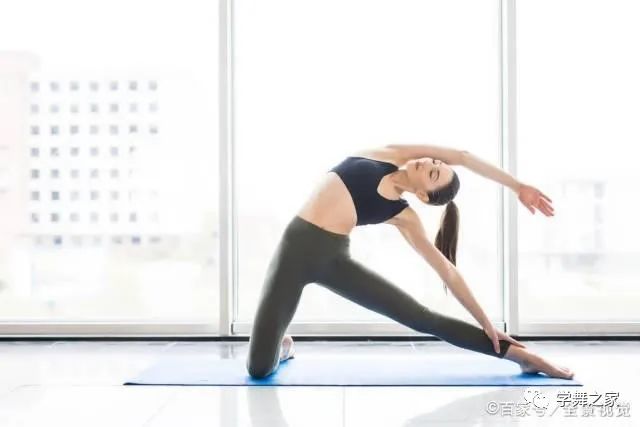We know that yoga is more than just practicing postures
. 
After all, posture is only one eighth of the whole exercise
. 
But we’ve all come across a particularly challenging, frightening, confusing or just uncomfortable pose on the mat
. 
I even made a list of yoga postures that I was afraid of and wanted to overcome; whenever I met these postures, I either had to stop biting my teeth, or I seriously thought about how to get into the postures or keep them until it was over
.
I’ve been struggling with “extended triangles” all these years, and I’ve always been grateful and surprised by some of the postures on this list
.
For example: the Utthita Trikonasana is a pose that has always bothered me
.
I feel embarrassed and ask myself, “where should I put my arm / shoulder? Why does my back hurt? How long shall I stay here? ” The triangle became my nemesis, but since it is a fairly common pose in many courses, I need to make peace with it in some way
.
Fortunately, under the excellent guidance of some teachers (including getting clues from my body), I began to gradually remove some obstacles around this posture until it finally disappeared from my list
.
If you often find it difficult to complete one or two actions, here are a few techniques that may also help you master them
.
Yoga is not as simple as posturing as you think
.
1
.
First of all, to master the basic knowledge, you can practice other simpler postures to strengthen or open the key areas of the postures you want to challenge
.
For example, if you want to practice handstand (Salamba Sirsasana), you can develop strength and deeper body awareness by balancing and standing, or you can prepare for positions like forearm plank and makarasana until your arms become stronger and more comfortable
.
Please feel free to ask your teacher for some ideas about the preparation posture, which may help you provide more information
.
2
.
Be patient and brave
.
When you meet the posture you are going to practice on the mat, although it is easy to give up, please try not to escape into the rest posture immediately, unless you really need to rest
.
Instead, our goal is to listen to the teacher’s instructions for each pose and try to learn more about the techniques of breaking down the movements
.
You can also try more basic postural changes until you are ready to try the full pose
.
Take the same handstand as an example
.
You can walk from the forearm plank to the dolphin position and then walk back to practice the similar movements and strength required for the shoulders, core and legs in handstand
.
Your teacher will also advise on these beneficial changes
.
3
.
Dedicate yourself, but don’t indulge in it
.
When you are committed to eliminating obstacles, an asana will become more familiar and accessible
.
However, remember that yoga is not only a asana, it doesn’t do any harm
.
More importantly, when you face challenges, whether it’s a posture, a project at work or a family problem, your journey and the skills you have learned
.
Try to cultivate a balance between commitment and persistence so that it doesn’t become a tiring journey
.
4
.
Get some perspective and try something else that will help inform you of your range of abilities, create an opportunity to participate in other activities, and free your brain and body from one project
.
It also provides some much-needed distance and freedom, so that when you go back to the mat to prepare for the last generation, you can approach it with new insight and a more knowledgeable body
.
Prepare for some postures so that the problem can be solved! These tips don’t necessarily guarantee that you’ll be successful right away, shaping all your challenging poses
.
But you’ll find that when you take the time to develop the dedication of practice, you actually know more about yourself
.
I hope the above suggestions can help you
.
(source network / invasion and deletion).
.

